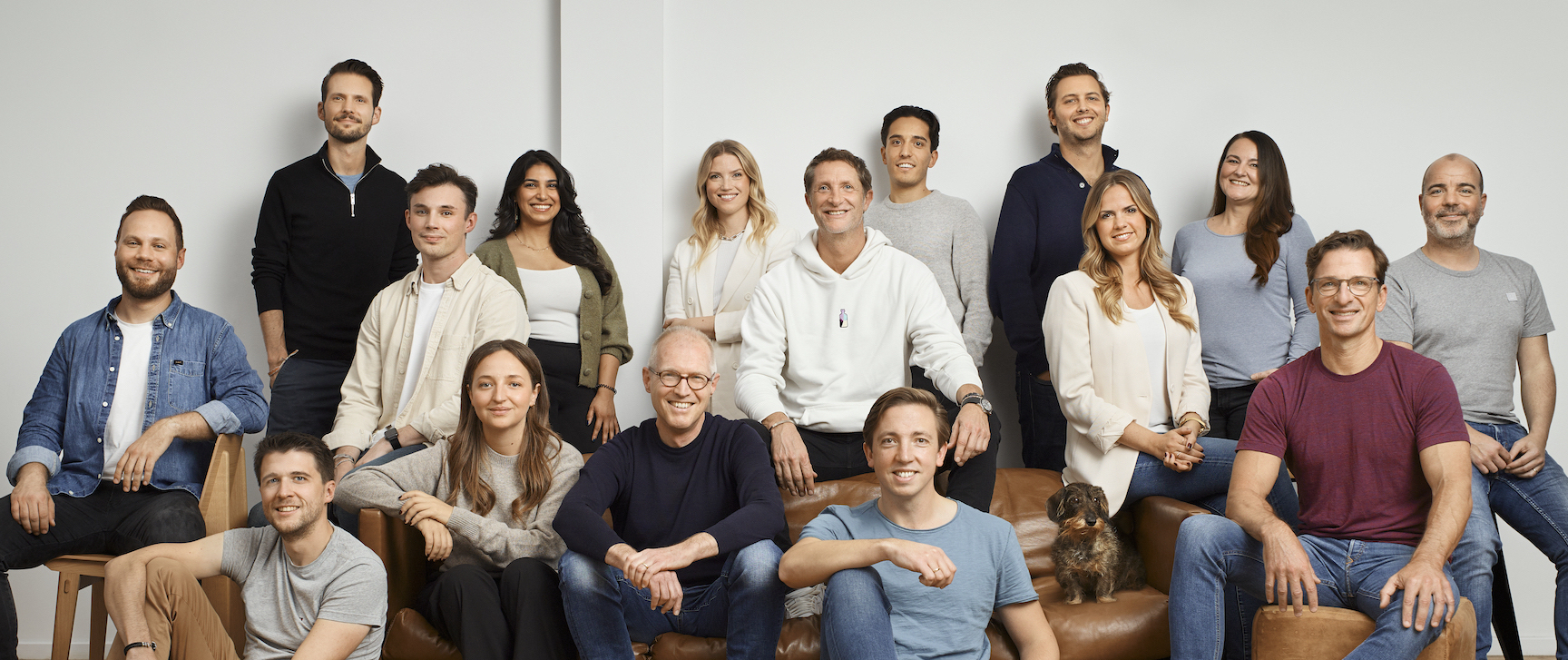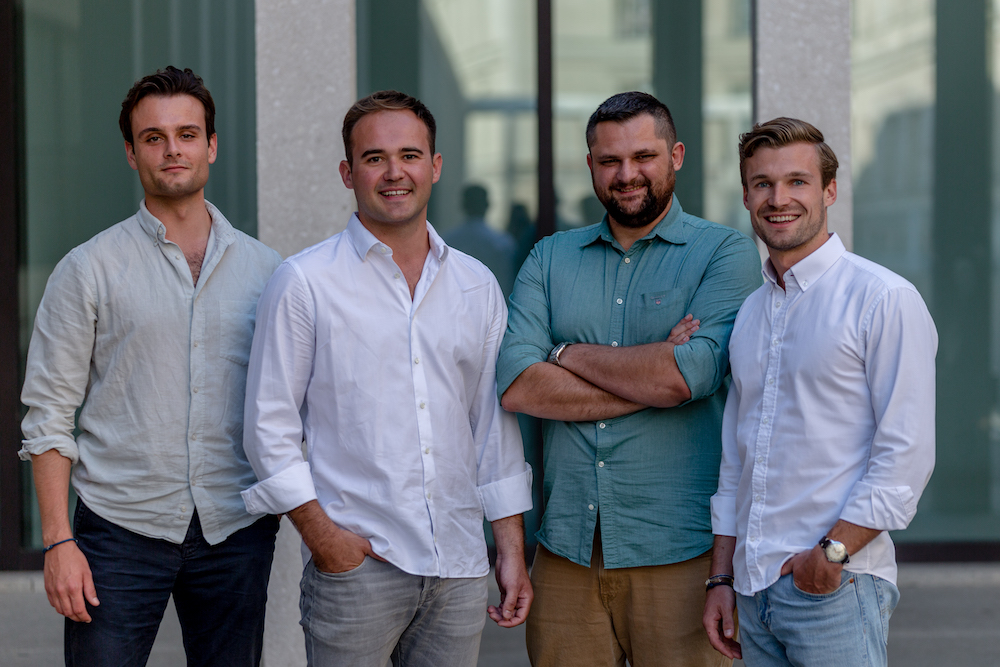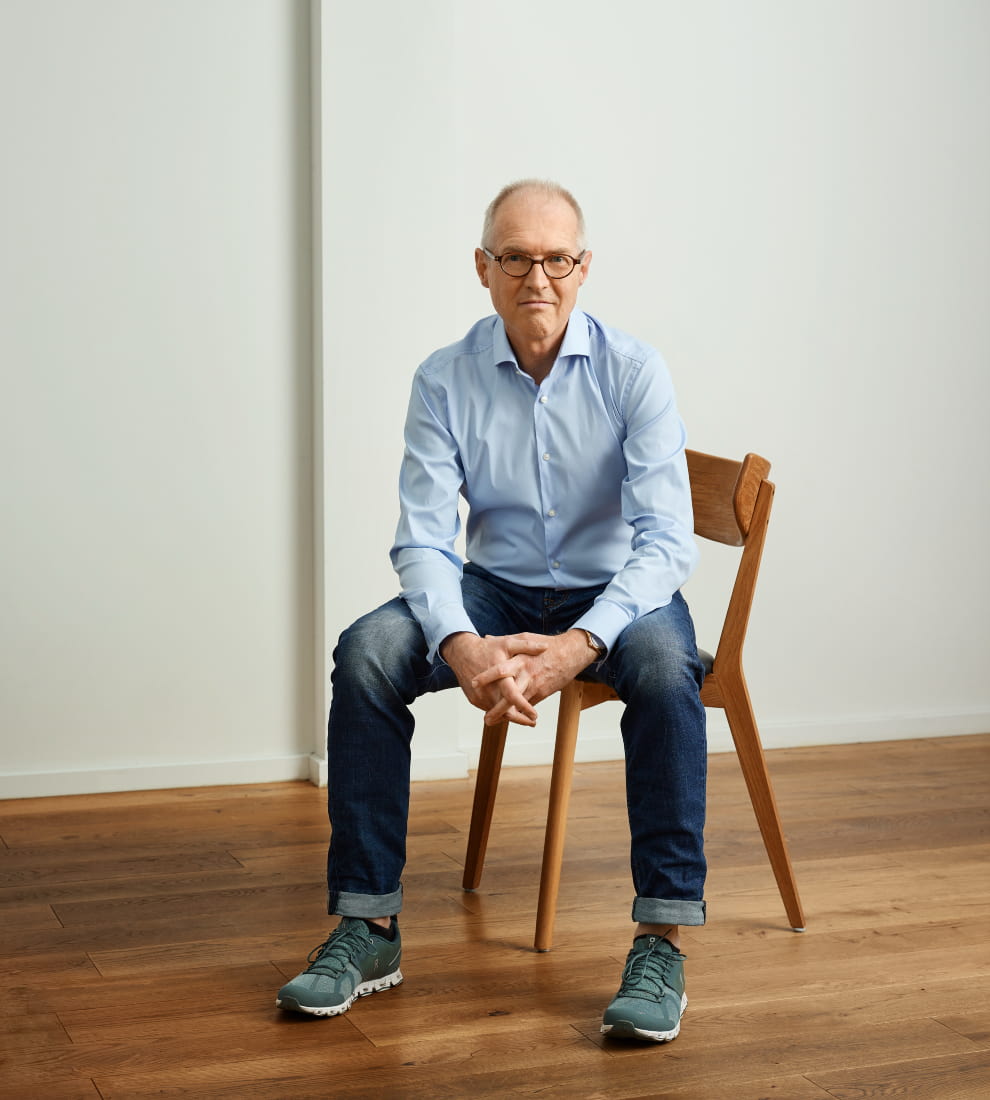There is plenty of theory about the relationship between an investor and a start-up founder. Most existing literature focuses on the dynamics after the investment and a majority describes the relationship with the Principal (Investor)-Agent (Founder) theory, separating operational management and ownership of the company. Yet, there is too little focus on the whole life cycle of the investor-founder relationship commencing at first contact lasting until the exit. From our joint experience, this relationship sees a multitude of changes in power dynamics and there are numerous ways to either steepen or flatten the magnitude of how strong an asymmetric distribution of power is used and perceived. In order to combine theoretical considerations and practical implications, we have developed a model that we will explain as practically as possible. Going forward, Martin Böhringer, CEO and Co-Founder of Staffbase will describe the founder’s perspective and Christian Knott, Partner at Capnamic Ventures, will shed light on the perspective of the investor.
It all starts with a couple of dots.

In their first meeting neither investor, nor founder really know what to expect. Yet, already now, there are underlying positions that set them apart. For the investor it is at first glance “just another” pitching session. Usually he or she will not yet have any strong positive feelings on the case and is open for further insight. His best alternative to no agreement (BATNA) will be to walk away and do another deal. Even though he might miss out on a great opportunity, there won’t be any real or perceived negative consequences for him if he walks away. For the founder on the other side, the question is how strong their alternatives are. In a worst case scenario with little liquidity in the bank, they might face insolvency and thus might not have a BATNA at all, which leaves them in a vulnerable position. At this stage, the investor, thus has much more leverage on the relationship. Experienced founders and/or startups with proof of clear traction will be able to compensate for this by meeting with multiple investors. But still, the situation of multiple term sheets for a seed case is not common.
Working together

Things go well in the first meeting and the investor starts to look deeper into the topic. From this point on, the asymmetry of power dynamics will deteriorate constantly. The investor will spend time (opportunity costs) and money for due diligence on the case. This becomes an especially heavy weight as most people tend to not apply the concept of sunk costs to their behavior and are stronger tied to companies they have already invested in (real money or time). Furthermore, he will fall in love with the company the more he looks into it, which will cause the ever-present Fear of Missing Out (FoMO). His BATNA becomes weaker — of course he can still walk away, but he will have to realize his sunk costs and he likely leaves with a bad feeling. For the founder, the decrease of bargaining power for the investor represents the strongest increase of his position in the relationship. The more engaged, the investor is, the closer the two parties come to eye level, which they ultimately meet at the notary appointment, where both are fully committed to the deal. Until then however, the BATNA of the founder remains always weaker than for the investor, as he still might have insolvency as second best, and he has also bought into the relationship and maybe discontinued discussions with other investors.
The flip

After the notary session, things change dramatically precisely at the moment the investor has actually wired the money. At this point, the Principal-Agent analogy really kicks in, as the investor gives away his strongest leverage in the relationship. He will have some contractual reporting rights, a board seat and veto rights for essential decisions, yet he is not operational, and, in this circumstance, he must fully rely on the transparency of the founder. The founder on the other hand has what he needs, which despite all the smartness of money still is the money itself. He is now fully focused on his company and is likely to perceive more value in customer conversations than reporting calls.
… if from here, they lived happily (or not so happily) ever after, we could conclude with a final model like this, giving us two very unequal sides in the relationship with very limited leverage for the respective weaker party.

Yet, the transaction between founder and investor is not completed here.
The awakening

Likely, as time goes by, things take longer than expected operationally. It is likely that there is a moment, where the founder realizes that no matter how large the financing round was, it has its limits and becomes a constraint again. The very moment, this happens, dynamics start to shift again, and the investor finds himself in a position, where he again might even be the only one, who has to offer what the founder needs — cash. The most important difference between this capital requirement and the previous one is that this time, the investor will feel less magic and there is less mystery in the relationship. This time it will be about performance and about what the investor knows about the founder much rather than what he expects from the founder. This little difference has the chance to make the magnitude of the allocation of power (e.g. possibly the funding conditions) in the relationship much steeper (e.g. worse) than in their initial first meeting.
Investor and founder will go through a number of these relationship cycles, over a lifetime of seven years or sometimes much more and just like this, it becomes obvious how important the right investment in their relationship is for both parties.
We have seen that the more the party, that is on the stronger side of the power equation, makes use of this power, the higher the magnitude will be in the next cycle. In other words, the more Christian uses his power in negotiating an initial deal, the less information Martin will provide thereafter, the worse the conditions in the next financing round, and so on and so forth.
Mitigating imbalances
From our point of view knowing about these power dynamics is a first step. In a second step, we will now shed light on how to optimize this relationship under the assumption that the mutual benefit for both parties is the highest if they manage to keep the magnitude of the relationship cycle at modest levels. Thus, in each phase, both parties have to make sure to not (ab-)use their power or gain more power (as illustrated by the arrows below)

As the whole relationship represents a cycle, we will look at the first cycle for our analysis and recommendations as things will be somewhat repetitive thereafter.
Pre-Investment dynamics

For me the most important part in investing is the identification of the right team. A team that I can trust, that I know is transparent and able to execute. I am aware of the long-term relationship and the ups and downs ahead of us, thus already at the beginning I will try to make sure that I am meeting a founder on eye level. To me this means that I start by asking a lot of questions to really understand the business and show the founder and his team that I have respect for what they have already built. The more knowledge I consume and the more time I spend, the more I show the founder that my interest is genuine and that I am a trustworthy partner. I will allocate a lot of time on the deal to give my opposite the clear signal that I am committed. Once we are entering the negotiation phase with the founder, I will try to be very transparent around the rationale behind the valuation, for this I will employ benchmarks from companies that I work with and make my business model transparent to the founder by telling him about my percentage requirements (if I have any). As a mandatory part of due diligence from the founder on me, I will ask the founder to look in the market for references about myself to get better gut feeling around me as an investor. In this phase, I will try to spend a lot of time directly with the founder to build trust.
As I am aware of the change in power dynamics after the money has been wired, I will try to set an anchor by using some time to advertise the smartness of the money that I am going to invest through value adding services.

Having been involved in early stage fundraising with two startups, I can say that a huge parameter of how the whole process feels for the founders is their own confidence. As a first-time founder with, let’s face it, basically no knowledge about the challenges ahead of us, each conversation with an investor has been a come-to-Jesus moment for us. They have such a big advantage in knowing the game: TAM, Customer Acquisition costs, ARR, NRR, Retention Rate, Payment period, Unit economics — this sounded impressive and I wished I could have given them solid figures here. But I didn’t really know what they wanted to know from me.
With some more experience you learn that this actually doesn’t matter too much: if you’ve done your homework and know a lot about the problem your startup solves, about your customers and about the solution you can offer them, you have the most important ingredient for success. The investor, especially in early-stage, is a resource. It’s a resource for money but also for navigating the “science of getting a startup off the ground”.
In the initiating phase it’s important to understand what founders and investors can be for each other. I’ve barely seen startup teams who’ve had it all figured out and just needed cash to make it happen. Often it needs more than that. But often neither side really knows what’s needed: do the founders need help on a strategic level? Do they need operational support like best practices on how to structure the sales process? Or is it a sounding board they need for important hiring decisions?
The best way to find out is to be absolutely honest and genuinely curious about what the investor has to offer. This is the smarter way to understand what they can do and increase pre-signing non-monetary investment, instead of pretending that you’ve it all figured out and hope for the best for the time after closing. Investing is a people business and by building a relationship between people instead of investor and startup you’ll increase the likelihood of a successful relationship.
This dance is best made if you’re not in a rush. As a situation where you raise a seed or A round and are not in a rush does not exist, that’s actually the only thing where I’d advise to be extra bold: Make sure to have enough buffer and/or alternative investors — don’t give an incentive for a moral hazard. And don’t make yourself rare, that works for boys and girls but not in a professional relationship.
Post-Investment dynamics

From the moment that I have wired the money, I know that I am relying on the quality of the relationship between the founder and me, as my leverage is gone. Yet, I will try to stay as close to par as possible. Practically, I will not be successful just by using my contractual rights (board seat, reporting, etc.) but I have to do more. My approach to this is to understand where I can help. As an investor, one important thing to understand is that I can do too much and also wrong things. Thus, my primary target is to understand the challenges and support. This can be very official by doing strategic meetings to get the founding team out of their daily routine and support them in maintaining oversight of the overall state of the nation, but it can also be that I try to support in budgeting sessions, do dry runs on pitch decks, attend regular lunch meetings with the founder or his team members or simply leverage my network to bring attractive leads. The bottom line is that I have to bring value to the table in order to really matter in this phase and this is fair. My ultimate goal is that the founder and I have enough trust to tell each other immediately when something is not going well, while leaving him enough space to work on the company rather than for me. To get there, I need a personal relationship with him.

The investor’s role changes over time, sometimes from month to month. There are times with a lot of interaction and sometimes you’re in operating mode and don’t want a distraction. In general I’ve found that investors are prepared to let the founders be in the driver’s seat for how to structure the board communications.
Being proactive really helps here. In the very early days of Staffbase I would send weekly and later bi-weekly updates to turn investors into actual team members: if they are close and learn about all the promising stuff going on, they won’t challenge you on a missed milestone too much. It’s about building confidence in, that what you do will eventually work out. This changes as the business grows, as numbers and reporting become much more important. But still then it’s key to keep investors involved beyond financial reporting.
As a founder, your investors are actually the only ones who will challenge you on your results and decisions. It’s as close to a boss as it can get to as a startup CEO. And that’s good! Checks and balances is an opportunity for a second opinion. Usually, they will always try to push you even further and help you see opportunities where you might have been satisfied with the achieved results.
Therefore investors are more than your cheerleaders. You can take your time to report successes but come immediately with problems. Remember, they are in this game together with you. They rely on you fixing issues if they come up, there isn’t really a backup for you here and neither for them. So whatever the problem is: they will do their best to help you. Therefore there is no reason to hold back.
And of course: there will be a time when you might need money again. A good relationship with your investors will be very helpful.
Conclusion

If both parties understand and willingly make use of their power mitigating measures, we have seen that relationships can maintain an eye level character through numerous years, irrespective of the turns that any start-up is likely to take in its development. The ideal function will thus have only small magnitudes in the relationship cycle.
Beside the tangible measures that either party can take, the most important factor in the relationship is time and more specifically the time spent together.
From an investor’s point of view, appreciate that the founder might be at times busy and you are not his first priority, which is good for you as well but make sure to be there when he needs you.
From a founder’s point of view if you have an occasional five-minute open time slot, just give a brief update, it does not always have to be ground-breaking.
And more importantly make sure to spend sufficient face to face time and yes, a beer might at times also be very valuable face-to-face time.





.jpg)






























.jpg)


.jpg)





















.png)
.jpg)

